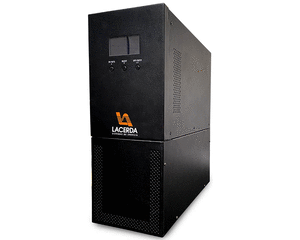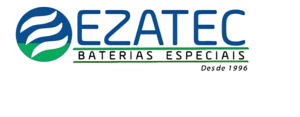Fabrication and Characterization of Perovskite–Organic Additive Composites for Micro Light-Emitting Diodes
Dissertation Submitted to
the Department of Materials Science and Engineering
and the Graduate School of Yonsei University
in partial fulfillment of the requirements
for the degree of Doctor of Philosophy
By Do Hoon Kim --February 2022
ABSTRACT
Development of micro light-emitting diode (LED) pixel array for ultra-high definition
(UHD) displays is underway based on LED semiconductor chips, organic LEDs (OLEDs),
and quantum dot LEDs (QLEDs). However, these devices have the drawbacks of high cost
and complex processes as well as technical problems. Such as an increase in the cost due
to the additional transfer process of semiconductor chips and an inaccuracy of mechanical
positioning during repeated transfer process. Moreover, OLEDs have the advantage of
being applicable to flexible and stretchable substrates, but require expensive organic
materials and large-scale equipment. In case of QLEDs, these are not able to be used as a
light source because of unstable electroluminescence (EL) property, thus they are used as
color filters with a backplane. So, introduction of candidate of new luminescent materials
is urgently needed.
The perovskite has an adjustable optical band gap, which can be tuned by changing
halide anions in the entire visible region. In particular, a primary advantage of the
perovskite is that it can be fabricated by simple solution process at low temperatures and
this enables the perovskite to be useful for low-cost and large-area micro LED applications.
Furthermore, the perovskite LEDs (PeLEDs) are expected to be suitable for nextgeneration
displays because they have exhibited unprecedented improvements of
luminescence efficiency in a short time compared to conventional LEDs.
However, despite
these advantages of perovskites, in the case of CsPbI3 crystals for realizing red emission, a
high-temperature post-annealing process is essential for suppressing the formation of δ-
phase (tilted octahedral) crystals and promoting the formation of a stable α-phase (cubic).
In general, a high-temperature process results in better crystallinity with rapid crystal
growth. However, perovskite crystals become large and exhibit many surface defects
resulting in a rough surface, long diffusion length of excitons, and dissociation of excitons;
these factors lead to non-radiative recombination and a high leakage current.
Therefore,
several strategies, such as the addition of hydrophilic polymer and ligands to the perovskite
precursor, have been studied to prevent the surface defects in PeLEDs.
In this dissertation, it was demonstrated that functional groups of poly(2-ethyl-2-
oxazoline) (PEOXA) lead to coordination bonds with the metal cations of perovskite.
PEOXA can decrease formation temperature of the perovskite nanocrystals and improve
phase stability as well. PEOXA added to a CsPbBr0.6I2.4 precursor solution successfully
suppressed the formation of δ-phase (tilted octahedral) crystals and promoted the formation
of stable α-phase (cubic) CsPbBr0.6I2.4 nanocrystals.

.gif)

















